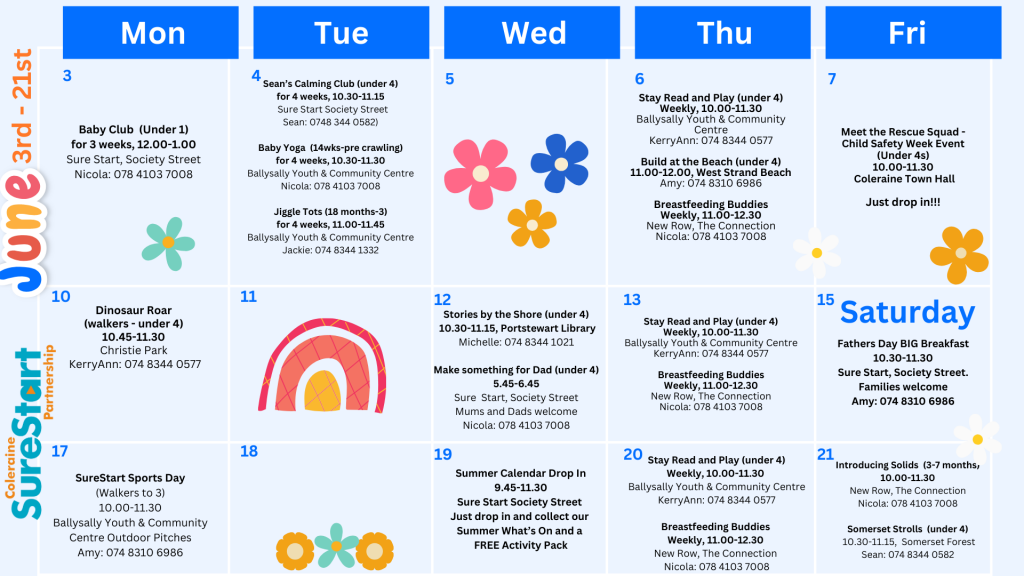
Category: blog
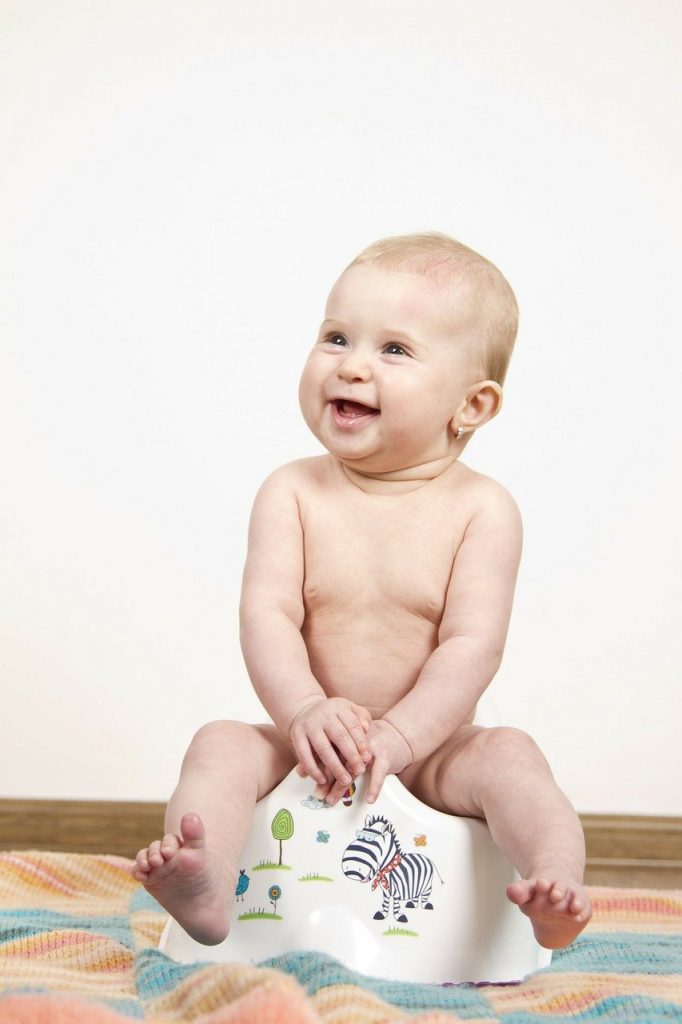
Starting to Potty Train?
Using a potty is a new skill for your child to learn. It’s best to take it slowly and go at your child’s pace. Most parents start thinking about potty training when their child is between 2 and 2 and a half, but there’s no perfect time. Our Facebook post lists the 5 top signs they might be ready.
Preparation is key!
- Talk about wees and poos! Even letting them come into the toilet with you and watch what you do can really help
- Get them involved, let them pick the potty/toilet seat/step. Let them pick the hand soap they’d like, they more involved they are the better!
- Remember to be consistent; make sitting on the potty part of everyday life
- Keep the potty in the bathroom (upstairs and downstairs)
- Having toys or books to play with can help your child to sit still
- Avoid tight clothes or ones with lots of buttons to make it easier for them
- Buy floor cleaner and washing powder- accidents will happen!
- Stay calm and be patient- children pick up on your emotions.
Let’s get started!
- Encourage your child to sit on the potty after meals
- Use the potty to wee, this will help them build their confidence
- Make sure your child washes their hands
- It’s good to teach girls to wipe from front to back
- Don’t limit their drinks to help them stay dry as it doesn’t work. The bladder needs to be filled and emptied properly to keep it working well
- Accidents; they will not feel anxious or worried if it happens again if you remain calm.
We got this!
- Praise goes a long way! Your child will be delighted when they succeed, so let them know they have done well.
- Avoid using sweets as a reward, try a sticker chart instead
- Don’t be surprised if you get a spell of a few good days and then BANG…just keep trying.
There is more information on the NHS website about:
- Pants and Pull ups
- Night-Time Training
https://www.nhs.uk/conditions/pregnancy-and-baby/potty-training-tips
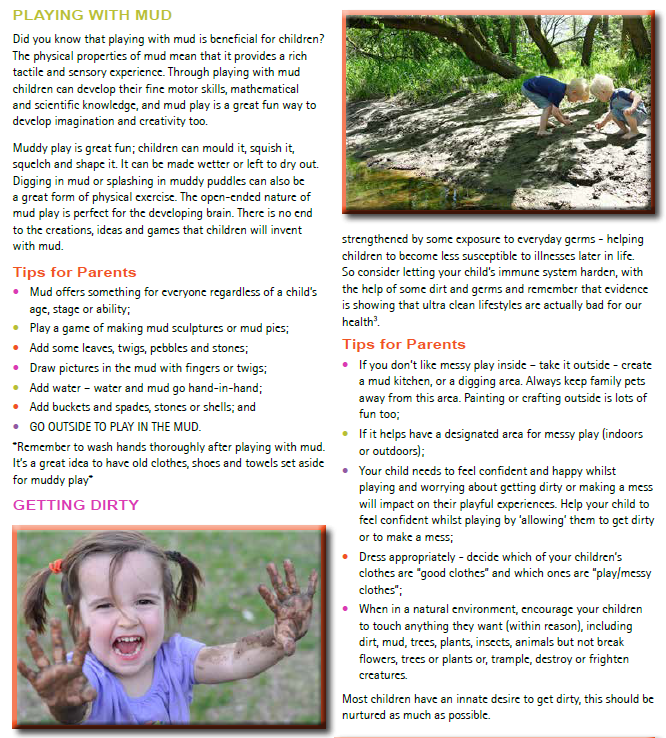
Playing with Nature
Who can remember being outdoors building dens, climbing trees, making perfumes from leaves and flowers or playing with mud, stones or water? These types of childhood outdoor play experiences have been declining over time and children today are therefore having much less contact with the natural world.
Play Matters have created an info sheet of tips on how you can get outside and play
Playing with Nature Mud and Getting Dirty
#playmatters
https://www.education-ni.gov.uk/

Playing with stuff
PLAYING WITH STUFF
Have you ever watched a child receive a beautiful shop bought toy which they eagerly open, look at and explore and then proceed to play with the cardboard box or wrapping that it came in? That cardboard box can become anything, a den for a dinosaur, a garage for cars, something to put things in and out off or a hat or helmet! With a little imagination cardboard boxes (both big and small) will transport a child into a world of fun. Good quality play need not cost anything except time. Your home, your garden, the outdoor environment are all full of ‘stuff’ hat can be used for play. Often babies and children will play with whatever is available to them. An old handbag, Mum or Dads shoes, a bunch of keys, old fabric to make a den, pots and pans, a bucket, ….the list is endless!
It is not always necessary to purchase shop bought toys – often homemade/found resources will hold endless fascination and fun.
Click the link below to find out more information from Play Board NI #playmatters
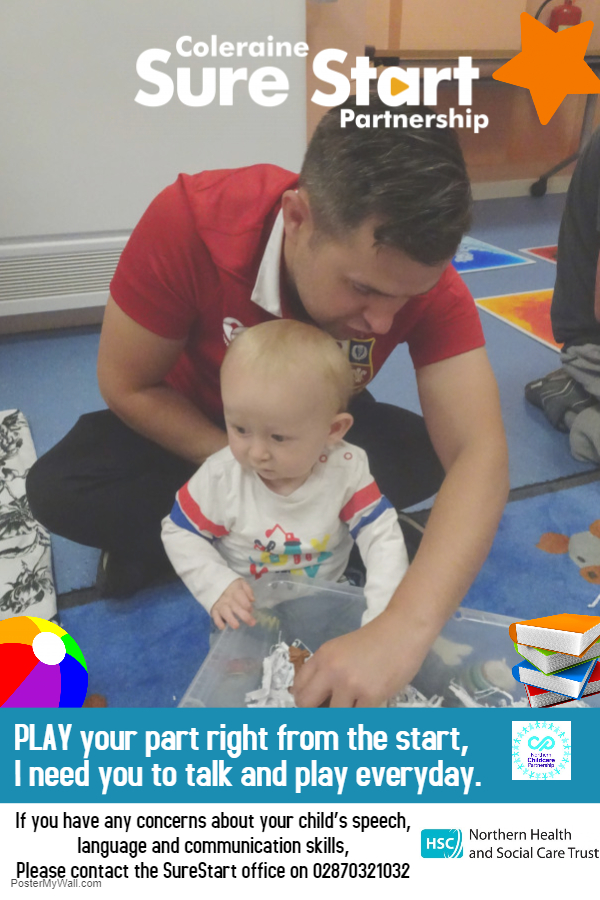
Play your part…
Children love you playing with them. You are the most important in helping your child learn!
Here are also a couple of ideas for Christmas presents:
- Teddy Bear:
- A teddy bear helps build an imaginary world where boys and girls can act out everyday routines like putting teddy to bed.
- Playdough:
- When playing with play dough talk about actions and describing words, “Roll”, “Squeeze”, “Blue”, “Soft” etc
- Shakers:
- Shakers are great for developing listening and attention skills. Use them when singing songs and rhymes.
- Books:
- Sharing books with your child will help build language skills and forms the building blocks needed for reading and writing.
- Ball:
- When playing with a ball use action words such as “Kick”, “Throw”, and “Catch”
- Cardboard Box:
- Why do Children love playing with a box? It allows them to bring their imagination to life!
Play Matters
Playday is the national day for play in the UK, traditionally held on the first Wednesday in August. This year’s Playday takes place on
Wednesday 1 August 2018. On Playday, thousands of children and their families get out to play at hundreds of community events across the UK. As well as a celebration of children’s right to play, Playday is a campaign that highlights the importance of play in children’s lives. To celebrate 31 years of Playday this year’s theme is children’s right to play.
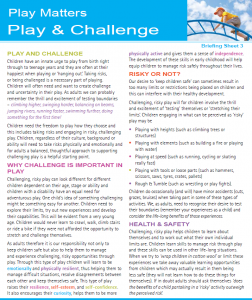
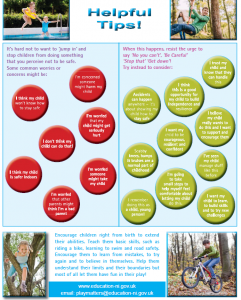
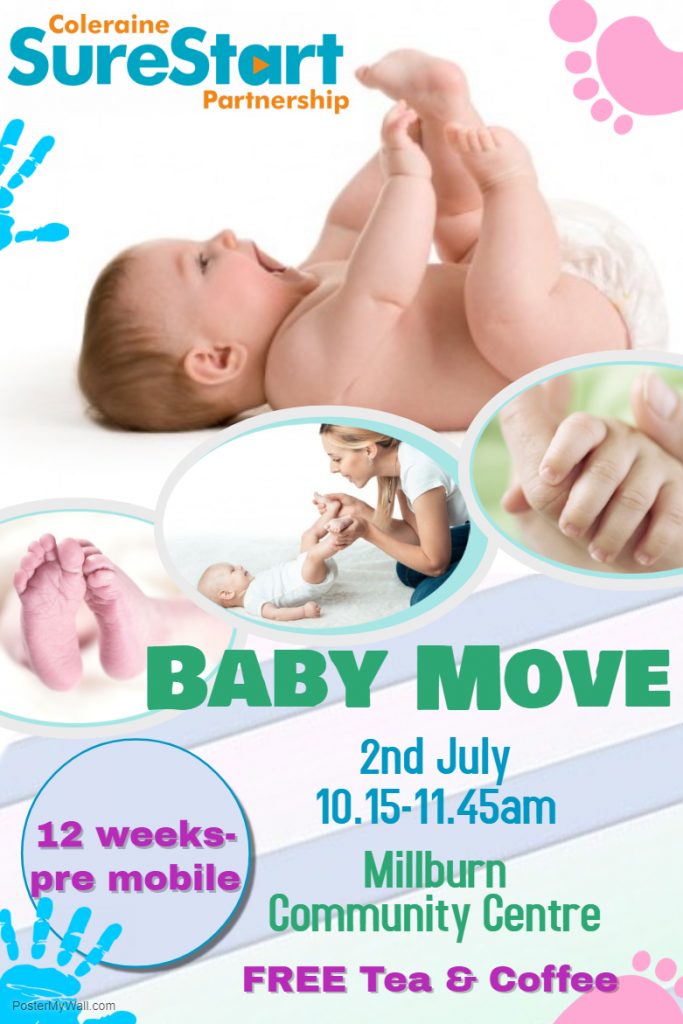
Let’s get Baby Moving
Baby Move is a programme that helps your baby stay flexible whilst also helping you stretch out your muscles from pregnancy. When babies are born they want and need to be chatted to, played with and loved and this programme is a lovely way for you to be able to do that with them.
The programme has many benefits for your baby:
- Improves digestion and provides relief from colic
- Strengthens their muscles to help them sit up, crawl and walk
- Helps baby relax and settle them into sleep routines
- Encourages brain development
- Builds their confidence and trust
- Keeps them flexible when they grow older
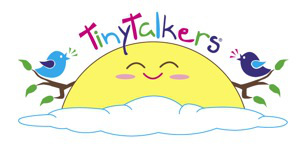
Talking Times
TOP TEN TIPS FOR ‘TINY TALKERS’!
- Try and encourage your child to play with lots of different things, but remember to let them lead the play. Talk about what they are interested in.
- Name the object – “elephant”
- Talk about what the object is doing“The elephant is drinking water”
- Talk about different parts – “The elephant has a trunk”
- Describe the object using size – “The elephant is big”
- Colour – “The elephant is grey”
- Position “The elephant is under the tree
- Texture “The elephant’s tusks are hard”
- Share books together.
- Dump the dummy during the day.
- Have fun with nursery rhymes and songs, especially ones with actions.
- Try not to let your child spend too long looking at TVs, tablets and phones, they love to interact with you.
- Get down to your Child’s level and ‘Face to Face’ with your child so you can see what they are interested in and they know you are listening.
- Help your child to understand language by using body language and pointing to the things you talk about. Use simple words in short sentences.
- ‘Modelling’ will show your child how to use words in sentences. Repeat back what they say, add one or two extra words and emphasise any words you want the child to listen to.
- Child: “dog”
- Adult: “Yes, the dog is sleeping”
- If your child says a word incorrectly, repeat the word back correctly, emphasising the sound they have difficulty with, but do not ask them to repeat it.
- Child: “There’s a bish”
- Adult: “Yes it’s a fish”
- Praise your child E.g. “You are listening really well” “Great talking”

Saying Goodbye
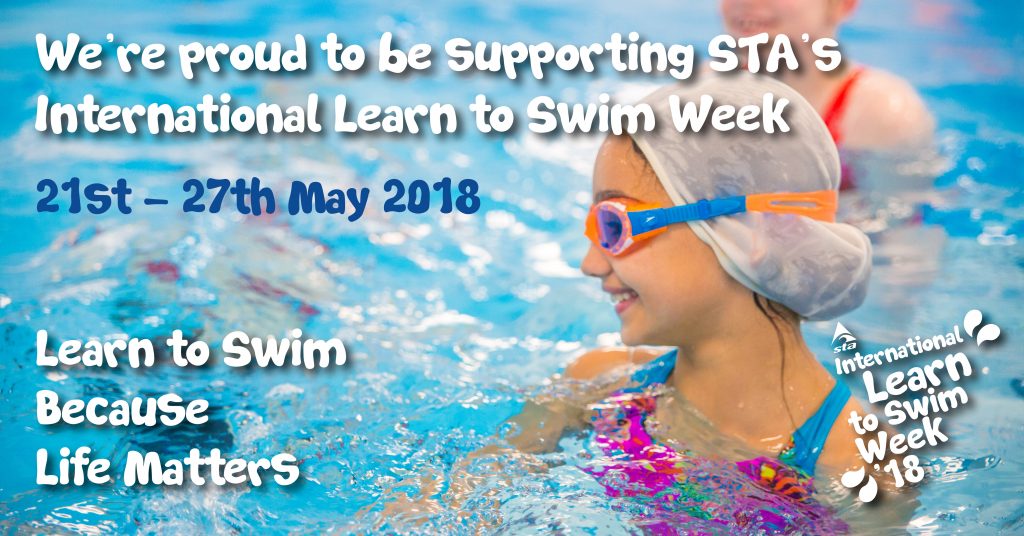
Learn to Swim Week
STA’s Learn to Swim Week is 21st-27th May..so here are 10 tips from STA to help your baby get used to the feeling of the water.
Fun in the Bath
This can be a natural step towards swimming lessons and help improve their water confidence for life. Below are some fun activities you can do with your child to make bath time even more beneficial and enjoyable.
Safety First
• Never leave a baby or child unattended in the bath
• Always make sure you check the temperature of the water
before a baby /child gets in
• Look out for clues that a baby is getting cold or has had
enough: shivering, crying or lip trembling
• Make sure there is a towel at hand for when a baby / child
comes out of the bath. Dry them as quickly as possible.
10 Activities
1. Encourage baby / child to splash their hands and toes. To encourage them, use the rhyme: ‘this is the way we splash our toes’
‘this is the way we splash our hands’
2. Using a cup or watering can gives them an opportunity to play and explore how the water moves. They can also pour water onto different parts of their bodies as they play
3. Place a ball on top of the water, push it down and let the ball pop up out the water
4. Use a mirror to play Peek-a-boo. Try putting bubbles on top of baby / child’s head, this may amuse them and help them relax
5. Place floating boats in the water and encourage your baby/child to blow the boats along. You could join in and have a race as confidence grows
6. Encourage baby / child to kick their legs, pushing the boats out to sea with the big waves they are making
7. Try making a bubble bath party using 4 tablespoons of baby shampoo or bubble bath into the bath to see how many bubbles it
makes. Add food colouring to the bubble bath however you need to rinse the bath thoroughly after.
8. Add some sinking toys into the water and encourage baby / child to look and reach for them
9. Use building blocks to allow baby / child to build towers and knock them down, splashing into the water
10. Sing the wheels on the bus using different actions for the different verses.
